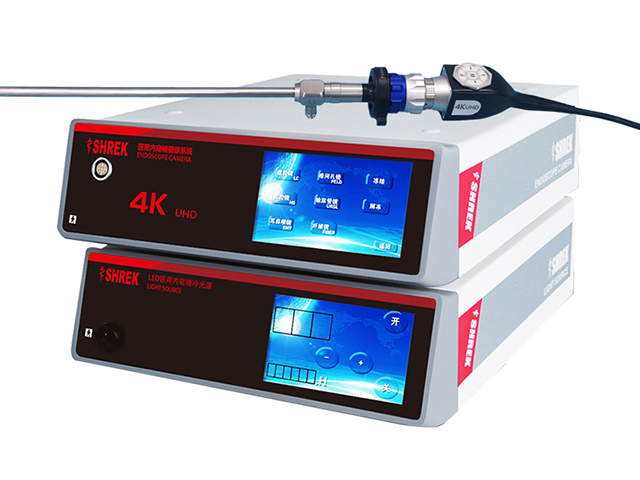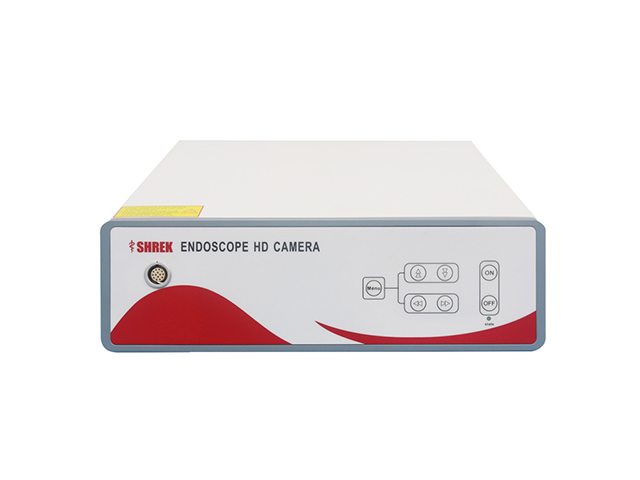SHREK NEWS
What is the use of medical endoscope cameras?

Medical endoscope cameras are used in a wide range of diagnostic and therapeutic procedures in different medical specialties, such as gastroenterology, urology, gynecology, pulmonology, neurology, and orthopedics, among others. The main use of medical endoscope cameras is to visualize and obtain real-time images of internal body structures that are not visible to the naked eye. Here are some common applications of medical endoscope cameras:
Diagnosis: Medical endoscope cameras are used to diagnose a variety of conditions, such as gastrointestinal bleeding, ulcers, tumors, inflammation, infections, stones, polyps, and obstructions, among others. The images obtained by the endoscope camera can help identify the location, size, and nature of the abnormality and guide the selection of appropriate treatments.
Treatment: Medical endoscope cameras are used to perform minimally invasive procedures, such as biopsy, polypectomy, ablation, coagulation, stenting, dilation, and stone removal, among others. These procedures can be performed without the need for open surgery, which reduces the risk of complications, shortens the recovery time, and improves the patient's quality of life.
Monitoring: Medical endoscope cameras can be used to monitor the progression of certain conditions, such as inflammatory bowel disease, Barrett's esophagus, or lung cancer. The images obtained by the endoscope camera can help assess the effectiveness of treatment and detect any changes or recurrence of the condition.
Education and research: Medical endoscope cameras are also used for educational and research purposes, such as training medical students, residents, and fellows in endoscopic procedures, developing new endoscopic techniques and devices, and conducting clinical trials to evaluate the safety and efficacy of different treatments.
Overall, medical endoscope cameras are essential tools for the diagnosis and treatment of a wide range of medical conditions, providing a minimally invasive approach that allows for improved patient outcomes and quality of life.




